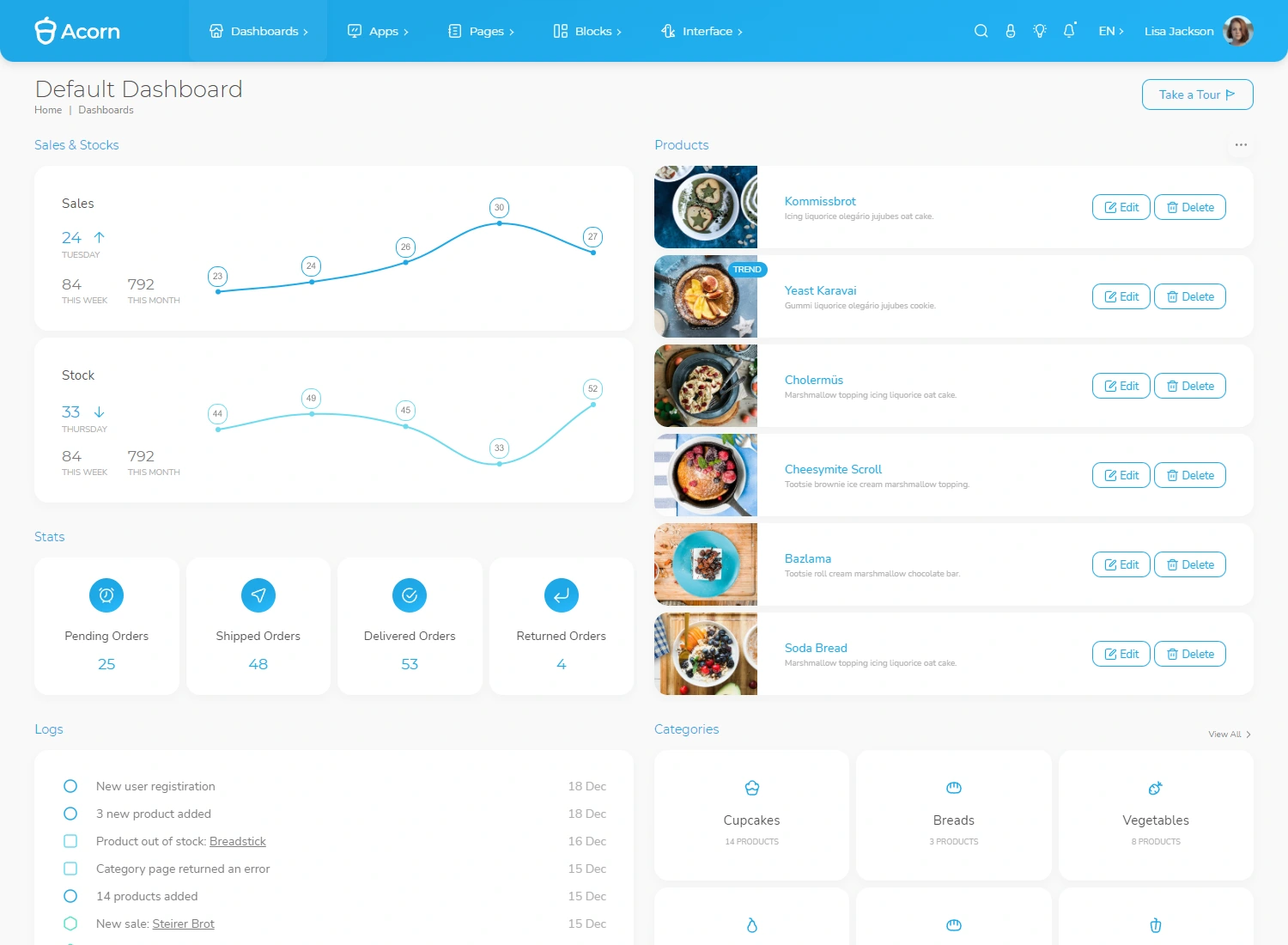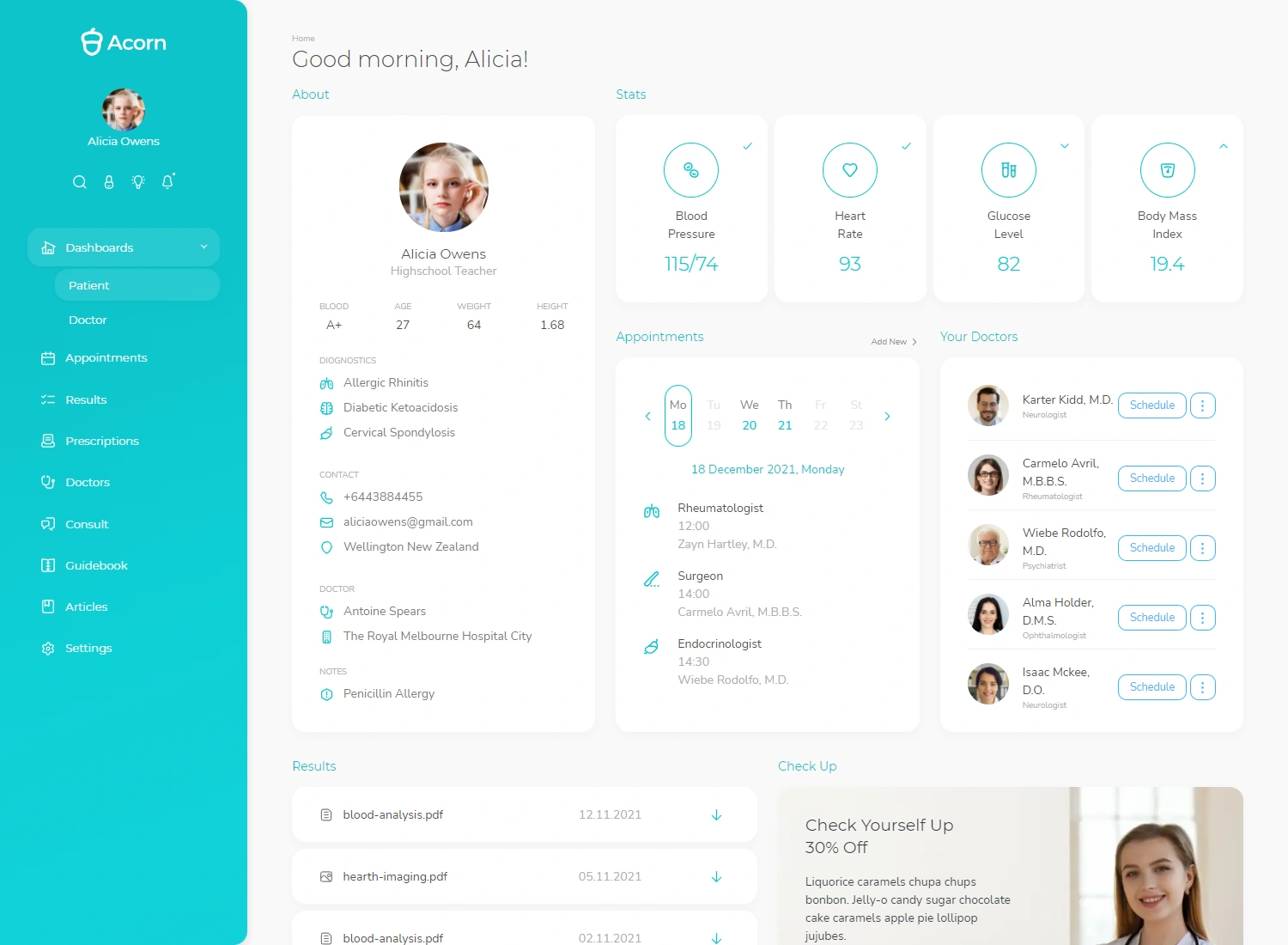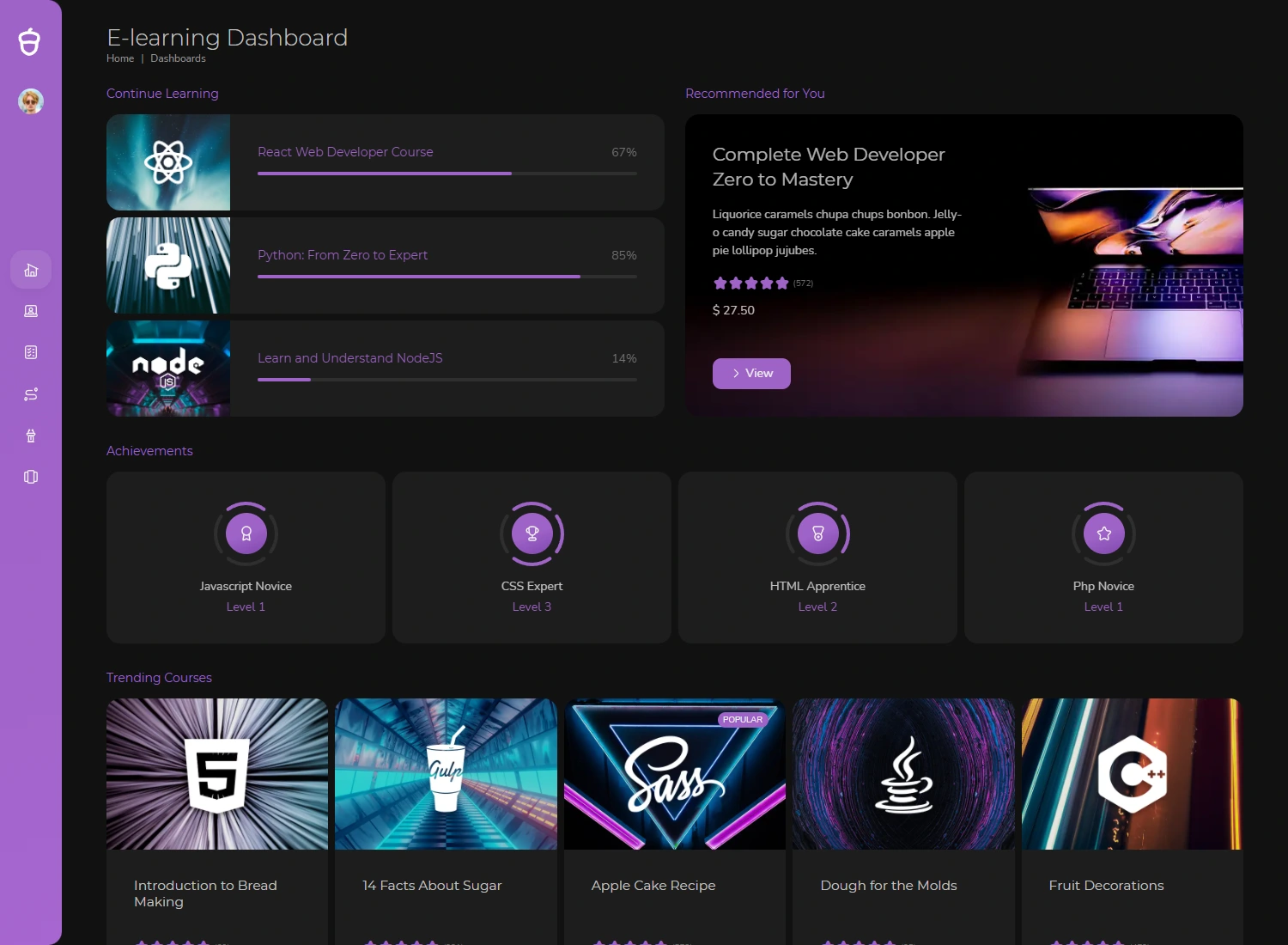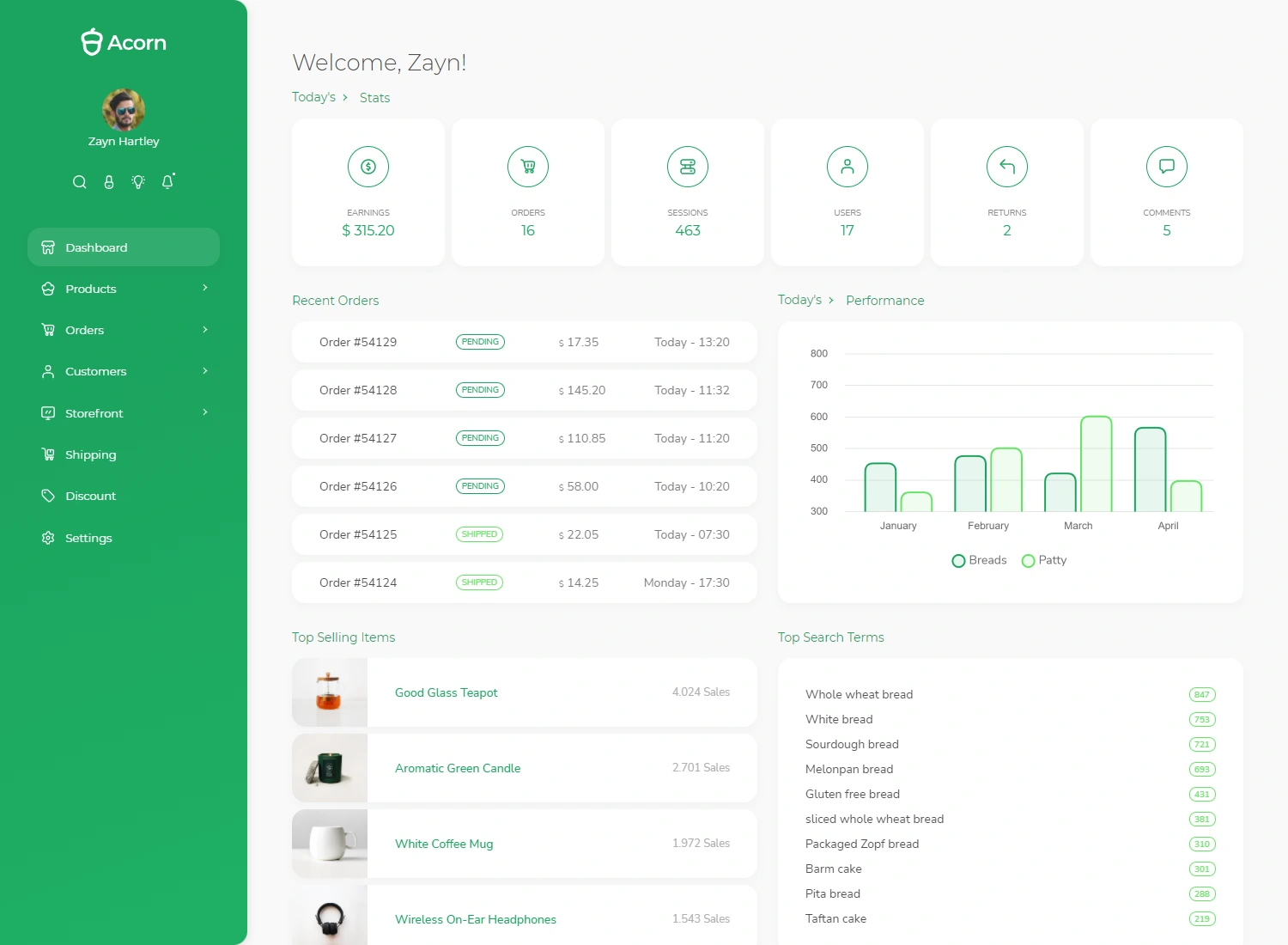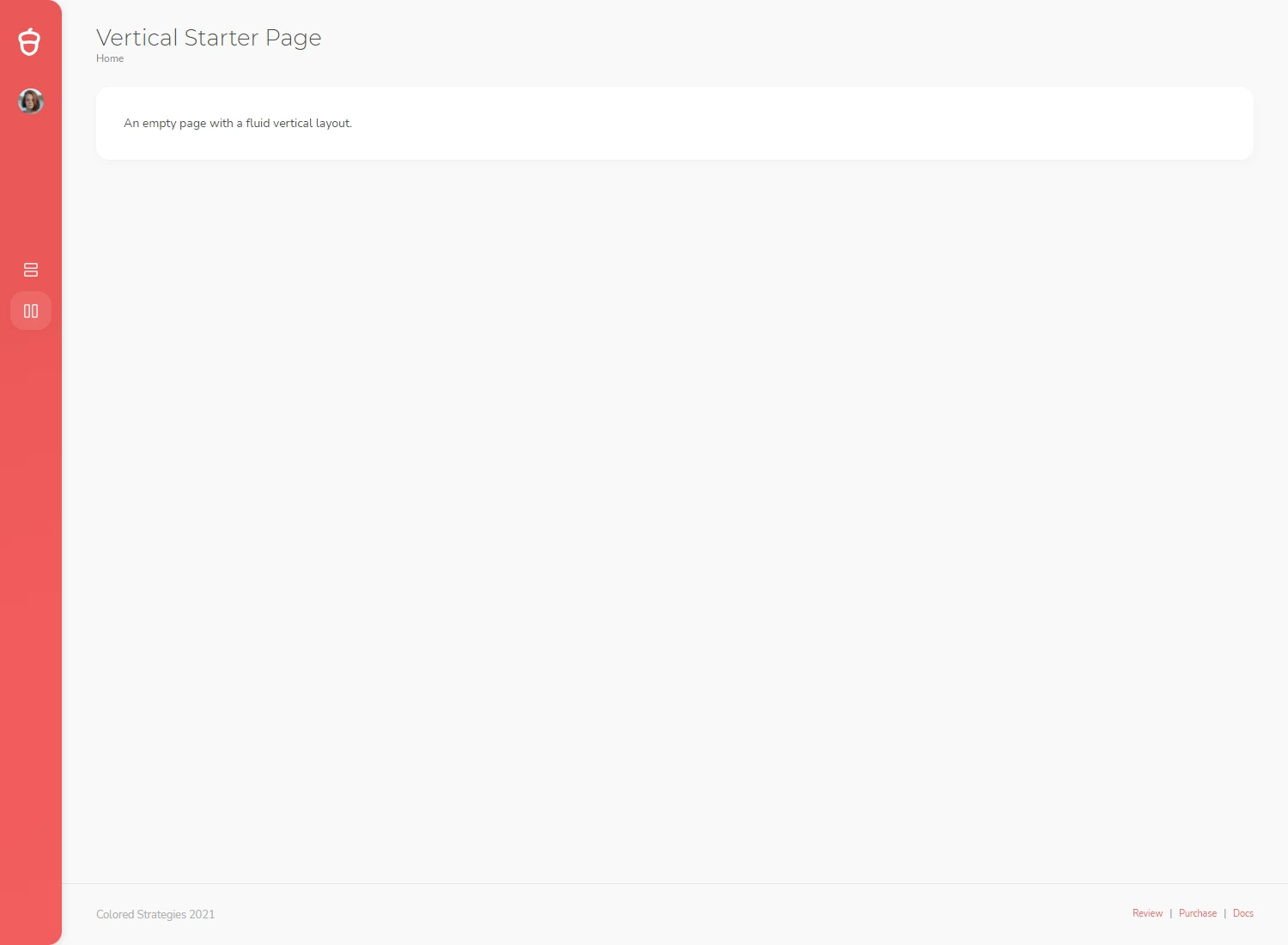A Long Road to 2034: Current Status of the One Nation, One Election Bills
In a significant statement, P.P. Chaudhary, Chairperson of the Joint Parliamentary Committee on the Constitution (One Hundred and Twenty-Ninth Amendment) Bill, 2024 and the Union Territories Laws (Amendment) Bill, 2024, confirmed that under the current legislative framework, the earliest feasible date for implementing One Nation, One Election (ONOE) would be 2034. The committee, formed to evaluate the Bills and gather stakeholder feedback, has embarked on a comprehensive consultation process across states and Union Territories—a journey expected to take over two years.
The Bills, introduced in December 2024, propose to synchronise Lok Sabha and State Legislative Assembly elections by aligning all electoral terms with the term of the Lok Sabha post a designated "appointed date." Once enforced, all subsequent state elections would be adjusted accordingly, either by extending or shortening their terms.
Beyond the Bill: Exploring a Constructive No-Confidence Motion
Importantly, the committee is considering supplementary measures not presently in the draft legislation. Among them is the constructive vote of no-confidence—a democratic practice adopted in countries like Germany—which mandates that a government can be dismissed only if there is a viable replacement majority. This proposal aims to curb frequent dissolution of legislatures, thereby supporting ONOE’s goal of electoral stability.
Chaudhary explained that India's Constitution currently does not explicitly mention a no-confidence motion; such proceedings are governed by Rule 198 of the Lok Sabha Rules of Procedure. However, to sustain synchronized polls, the Constitution may need an amendment to incorporate mechanisms ensuring the longevity of elected governments.
A Return to the Past? India's Tryst with Simultaneous Elections
India once had simultaneous elections. The first four general elections (1952, 1957, 1962, and 1967) saw synchronized Lok Sabha and State Assembly polls. However, political instability, premature dissolutions, and the imposition of President’s Rule led to the decoupling of the electoral calendar.
In recent years, Prime Minister Narendra Modi has been a vocal advocate for reviving simultaneous elections, citing benefits such as reduced election expenditure, uninterrupted governance, and administrative efficiency.
Committee Formation and Broad Consultations
The current push towards ONOE began with the formation of a High-Level Committee (HLC) in September 2023 under the chairmanship of former President Ram Nath Kovind. The committee included former Chief Justices, former Chief Election Commissioners, and Union Ministers. Its aim was to assess the feasibility of ONOE and recommend a roadmap.
The Joint Parliamentary Committee, led by P.P. Chaudhary, continues the task with on-ground consultations. Having visited Maharashtra and Uttarakhand already, the committee plans to visit all states and UTs over the next two years. This wide-ranging consultation is seen as crucial for building consensus on a potentially transformative but politically sensitive reform.
Legal and Constitutional Challenges
Implementing ONOE involves navigating several legal and political hurdles:
-
Constitutional Amendments: Aligning election schedules will require changes to Articles 83, 85, 172, and 174, among others.
-
Federalism Concerns: States with different electoral cycles and political compulsions have expressed unease about curtailing or extending their Assembly terms.
-
Operational Feasibility: Logistical challenges include deploying sufficient security forces and EVMs, voter roll synchronization, and avoiding overlaps with local body elections.
Experts like Constitutional lawyer Gautam Bhatia and former CEC S.Y. Quraishi have raised questions on its practicality, stressing the need to preserve the federal character of Indian democracy.
Political and Regional Apprehensions
Several Opposition parties, including the Congress, DMK, and TMC, have criticized the move as centralizing power and undermining state autonomy. Southern states, in particular, fear that the ONOE plan, combined with upcoming delimitation based on population, could reduce their parliamentary representation in favour of high-population states.
Despite this, proponents argue that if structured with constitutional safeguards, ONOE could become a landmark electoral reform.
Conclusion: A Reform Worth the Wait?
While ONOE’s actual implementation may still be a decade away, the debate has already transformed India’s electoral discourse. The deliberations around constructive no-confidence motions, stability mechanisms, and constitutional redesign reflect an ambitious bid to reshape the democratic process. Whether India is ready for such a synchronised shift remains to be seen—but 2034 may just mark the beginning of a new electoral era.

